Republic’s Thunderchief Made the Most of 27 Memorable Years in Service.
On 25 February 1984, the Air Force Reserve’s 466th Tactical Fighter Squadron, a part of the 508th Tactical Fighter Wing, made the last operational fight of the Republic F-105D Thunderchief or Thud. The flight occurred 19 years nearly to the day after the F-105 saw its combat debut in Vietnam and a little bit less than 27 years after the F-105 was first accepted for service by the United States Air Force. Air Force Thuds sure packed a lot of service into those 27 years.
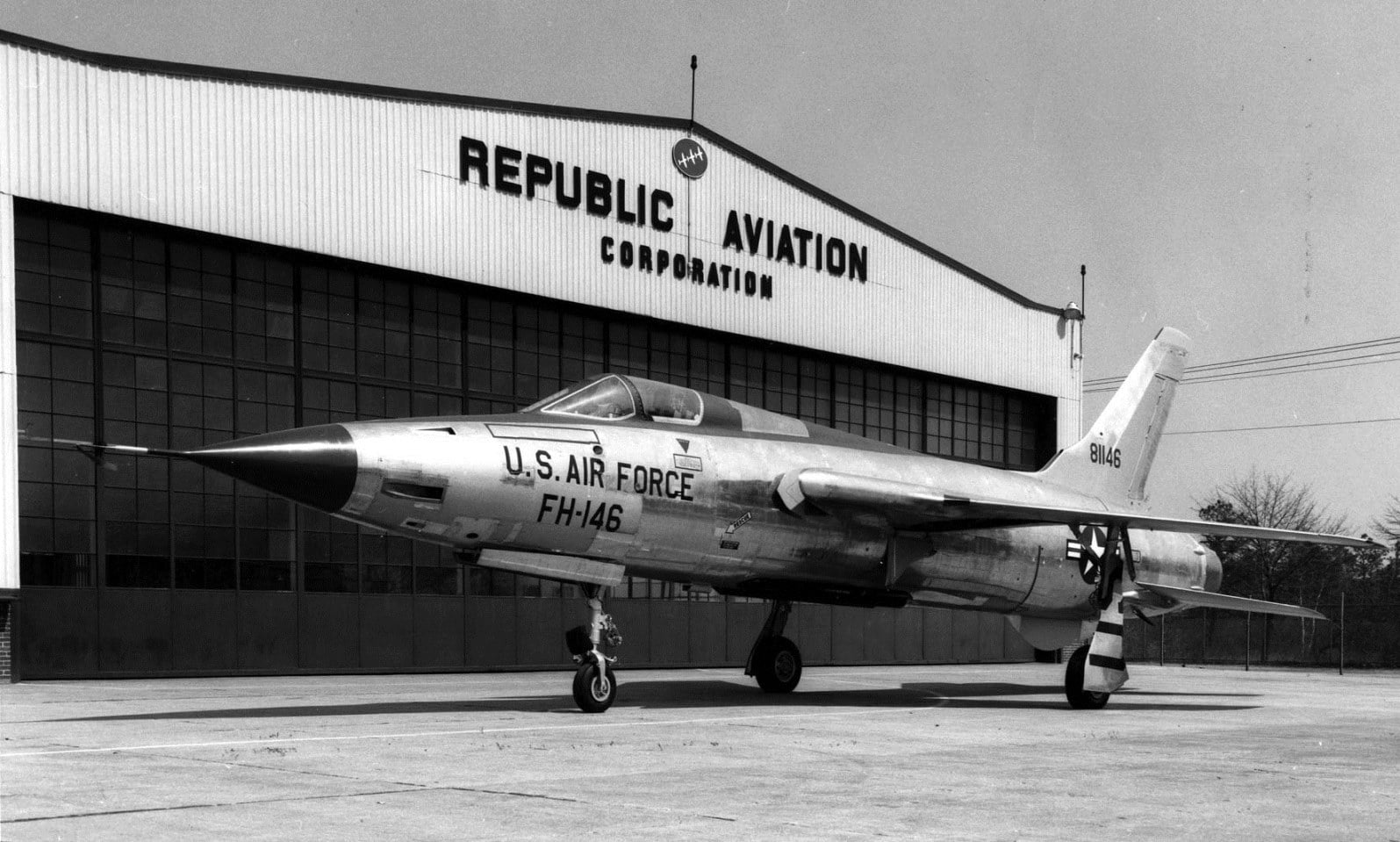
Heavyweight Champion
Weighing in at a whopping 50,000 pounds (23,000 kilograms) when it entered service the Thunderchief was the largest single-seat single-engine combat aircraft in history. The F-105 could move at supersonic speeds at sea level and at Mach 2 speeds at altitude. The “Thud” was capable of regularly carrying 14,000 pounds of ordnance and was armed with a 20 millimeter Vulcan Gatling gun.
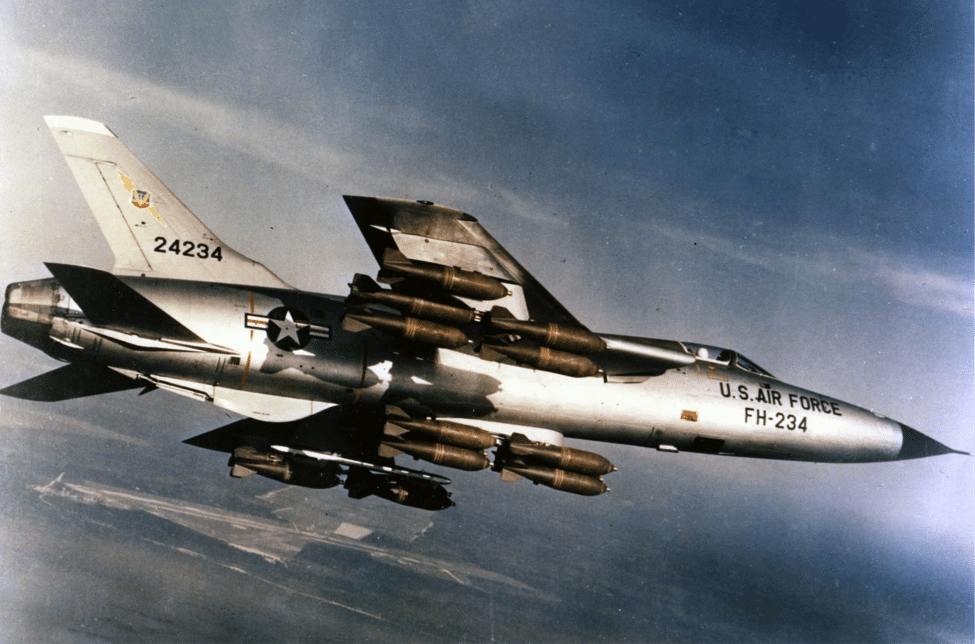
What’s In a Name?
Without realizing just how effective a weapon the Air Force had in the F-105 yet, derisive nicknames such as “Lead Sled”, “Squat Bomber”, “Hyper Hog”, and “Ultra Hog” were hung on the F-105. It was even said that the Thud was a triple threat in that it could bomb you, it could strafe you, or it could fall on you. Sarcasm aside, the F-105’s strengths, such as its electronics suite and its capabilities, highly responsive controls, and its hair-raising performance, eventually made believers out of pilots who flew the big jet.
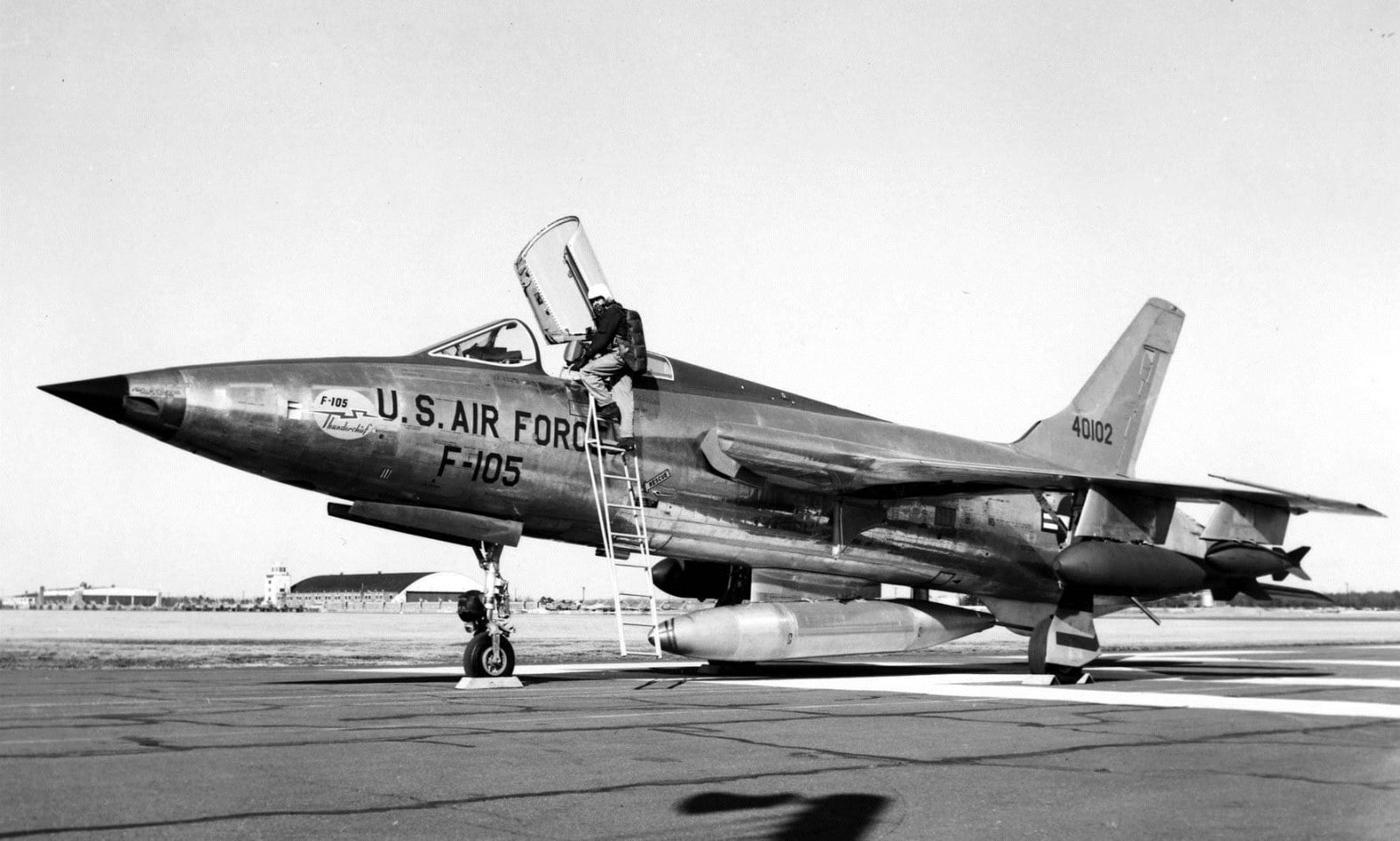
Another Advanced Century-Series Design Waiting on a Suitable Engine
Initial F-105 prototypes did not perform as expected in part because of aerodynamic inefficiencies like trans-sonic drag in the fuselage design. This led to a redesign of the fuselage with an area ruled “coke bottle” profile similar to that found on the Convair F-102 Delta Dagger and the later F-106 Delta Dart, both of which experienced similar performance improvements after initial models were found to have similar trans-sonic drag issues. The performance of the F-105B was also vastly improved due to the distinctive forward-swept variable-geometry air intakes which regulated airflow to the engine at supersonic speeds and, when eventually installed, the Pratt & Whitney J75 afterburning engine.
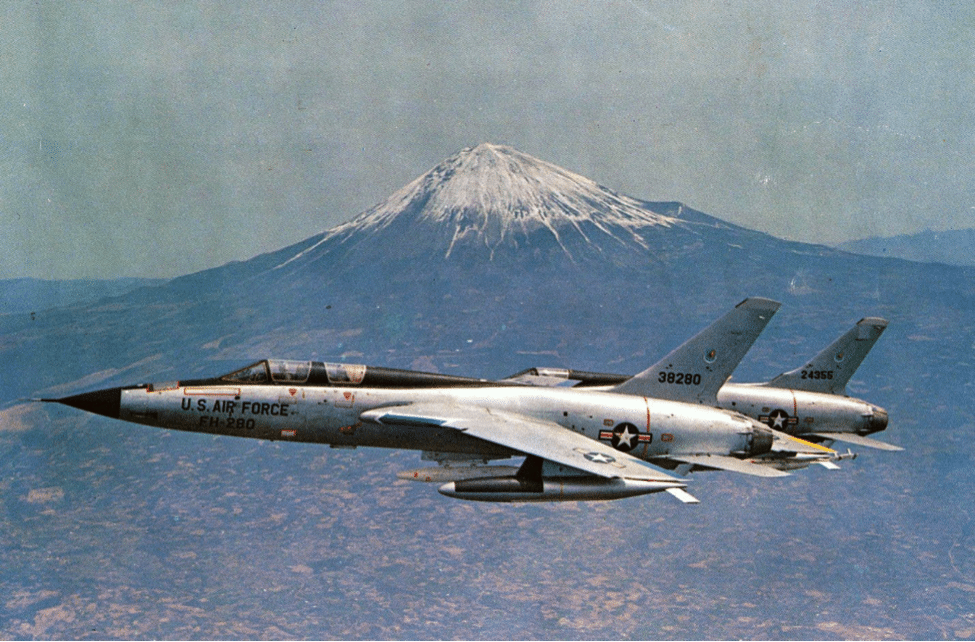
Fast Out of the Gate But High-Maintenance Too
Entering service with Tactical Air Command’s 335th Tactical Fighter Squadron in August of 1958 and becoming fully operational in 1959, an F-105B set a world record of 1,216.48 miles per hour (1,958 kilometers per hour). While proven to be quick in the air, maintenance requirements slowed the F-105 to a crawl on the ground, requiring up to 150 hours of maintenance for each flying hour.
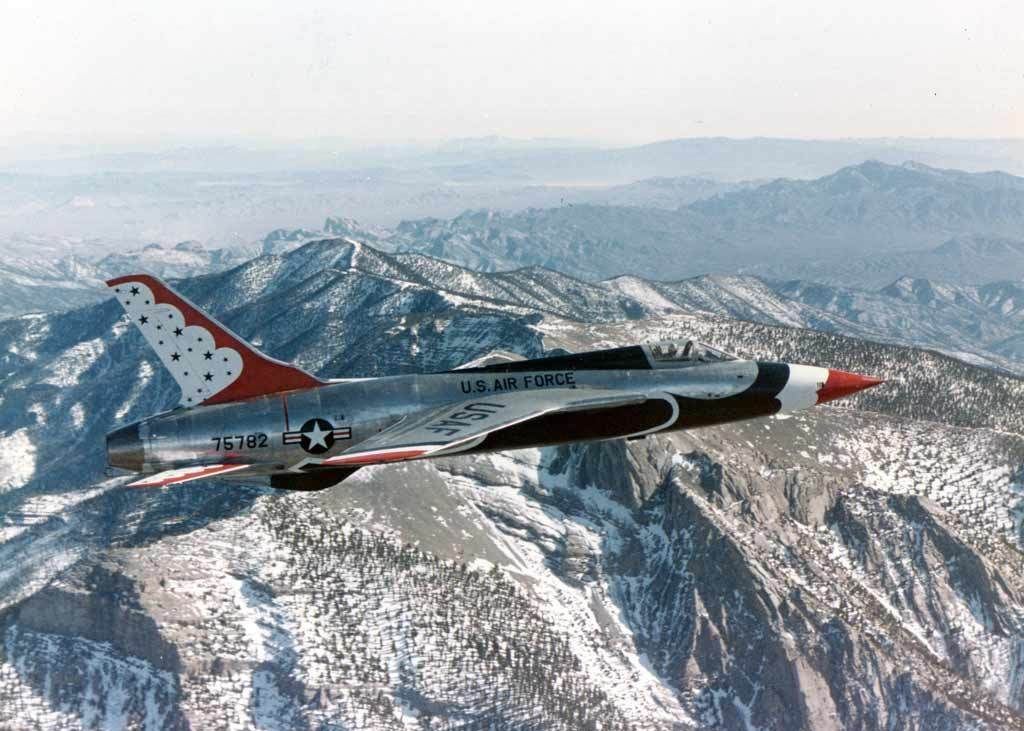
Short Season With the Thunderbirds
For the 1964 show season, the United States Air Force Flight Demonstration Team, otherwise known as the Thunderbirds, modified F-105Bs with fuselage and wing reinforcements, added a smoke generation system. Tragically they flew only six performances with the F-105B before a fatal accident led the team to revert to the F-100 Super Sabre as their show aircraft.

